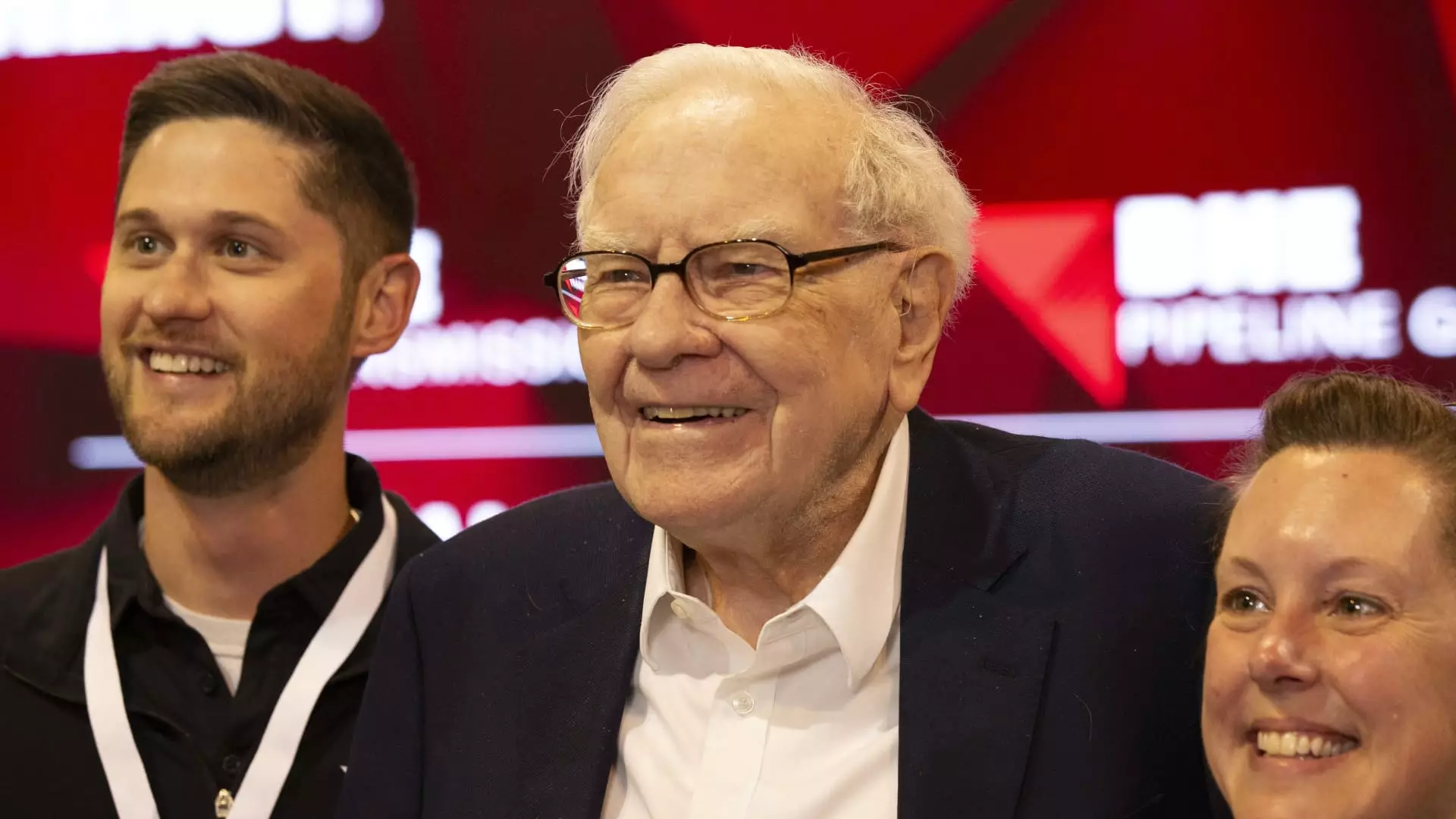Buffett’s Tactical Shift: A Look at Berkshire Hathaway’s Recent Stock Moves

Warren Buffett, often referred to as the Oracle of Omaha, has made headlines once again with his recent decision to significantly reduce his stake in Apple. This marks the fourth consecutive quarter during which the famed investor has trimmed his holdings in the tech giant, selling approximately 25% of his investment, which leaves him with a remaining stake valued at nearly $69.9 billion. This strategic move raises questions about the rationale behind it. Buffett has previously suggested that his sales might be influenced by the expectation of increased capital gains taxes in the near future. However, the considerable scale of these sales is inviting speculation on whether they also reflect deeper concerns regarding Apple’s valuation or operational performance.
Concentration in Key Holdings
Berkshire Hathaway’s portfolio remains significantly concentrated, with around 70% of its equity investments tied up in just five major companies: Apple, Bank of America, Coca-Cola, American Express, and Chevron. This level of concentration is noteworthy and offers insight into Buffett’s investment philosophy, which favors a few strong bets over a diversified array of stocks. As he decreases his stake in Apple, it is worth examining the bigger picture of his investment strategy.
Buffett’s recent moves also extend beyond Apple. His company, Berkshire, has engaged in substantial selling of its shares in Bank of America since mid-July, netting over $10 billion from this transaction. This selling pattern places Bank of America’s standing within the portfolio in jeopardy—it has now slipped below American Express. The significance of this shift is profound; with Berkshire’s holdings in American Express nearing $41.1 billion, it signifies a potential pivot toward sectors perceived as more stable or lucrative in the current economic climate.
Impact of External Market Forces
The overall dynamics within the markets are critical to understanding Buffett’s strategy. For instance, while energy stocks like Chevron have experienced a modest increase of only 2.6% during the year, this pales in comparison to the broader market gains. Nevertheless, Berkshire maintained its position in Chevron, worth approximately $17.5 billion at the end of September. This steadfastness reflects Buffett’s long-term investment mindset, indicating faith in the stock’s potential despite short-term fluctuations.
In contrast, Coca-Cola, another long-held investment, saw its value remain stable at around $28.7 billion. Coca-Cola has managed a 10.3% increase this year, still trailing the impressive S&P 500 return of 20.1%. The comparative performance of these investments underscores the careful balancing act Buffett must navigate: maintaining legacy investments while also adapting to the ever-changing economic landscape.
As we reflect on Buffett’s recent actions, it is clear that his investment decisions are not merely reactions to immediate market conditions but also part of a broader strategic vision. The adjustments he’s making, particularly the reductions in his tech holdings, may suggest a calculated repositioning to maintain Berkshire Hathaway’s robustness in an evolving market. Watchful investors will undoubtedly be eager to see how these tactics unfold as Buffett continues to navigate the complexities of modern investing. While his actions invite scrutiny, they also reinforce the idea that even the most seasoned investors must adapt and reassess their strategies in response to market dynamics.





